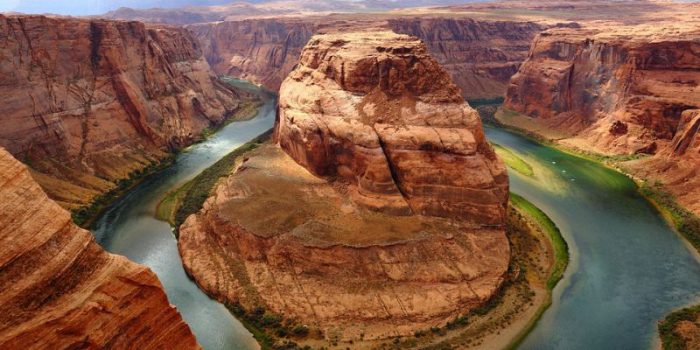The Grand Canyon in Arizona is a natural wonder that is truly breathtaking. With its vast expanse of rugged terrain and awe-inspiring views. Whether you’re an experienced hiker or simply looking to take in the sights, the Grand Canyon has something to offer everyone and there are multiple interesting facts about grand canyon.
But the Grand Canyon is more than just a pretty place, it’s also home to a wealth of interesting facts that are sure to pique your curiosity. Don’t miss your chance to explore this iconic national park and discover the interesting facts of the Grand Canyon for yourself.
1. Discover the Unique Pink Rattlesnake: An Interesting Fact about Grand Canyon National Park
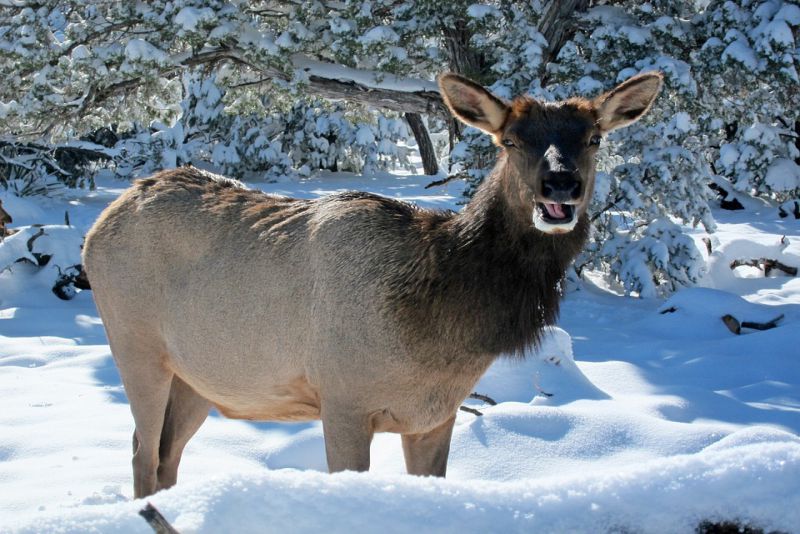
The Grand Canyon National Park is a unique and fascinating wildlife. Among the many species found within its boundaries, there is one that stands out for its unusual coloration. That’s right, the Grand Canyon is home to a pink rattlesnake.
This rare and striking snake is one of six species of rattlesnakes found within the park’s boundaries. As hikers and outdoor enthusiasts know, the Grand Canyon is a prime spot for spotting wildlife, and these pink snakes are no exception.
Although they may be a common sight in the Grand Canyon, it’s important to note that this species of rattlesnake is found nowhere else on earth, making it a truly unique and interesting fact about the park.
So, next time you’re exploring the Grand Canyon, keep an eye out for these pink snakes and discover the interesting facts about Grand Canyon.
Read More: Top 10 Interesting Facts About Yosemite National Park California
2. Explore the Ecological Diversity of the Grand Canyon: 8000+ species and 7 Endangered species

The Grand Canyon is not only a natural wonder but also a haven for an incredible diversity of wildlife. From birds to fish, reptiles to mammals, the Grand Canyon is home to an astonishing array of species. In total, there are more than 8000 known species that call the Grand Canyon home, and this number continues to grow as new species are discovered.
One of the most interesting facts about the Grand Canyon is the variety of species that can be found there. This is a testament to the park’s unique ecosystem and the diversity of life it supports.
Seven species that call the Grand Canyon home are endangered, including the Ridgway’s rail, the California condor, the southwestern willow flycatcher, the razorback sucker, the humpback chub, and the Kanab amber snail.
Additionally, the Grand Canyon is home to 1,747 species of plants and 208 species of exotic non-native plants, making it a botanical paradise as well. These interesting facts about grand canyon wildlife and plants are a testament to the park’s ecological richness and importance.
3. Experience the Popularity of the Grand Canyon: Second Most Visited National Park in the US
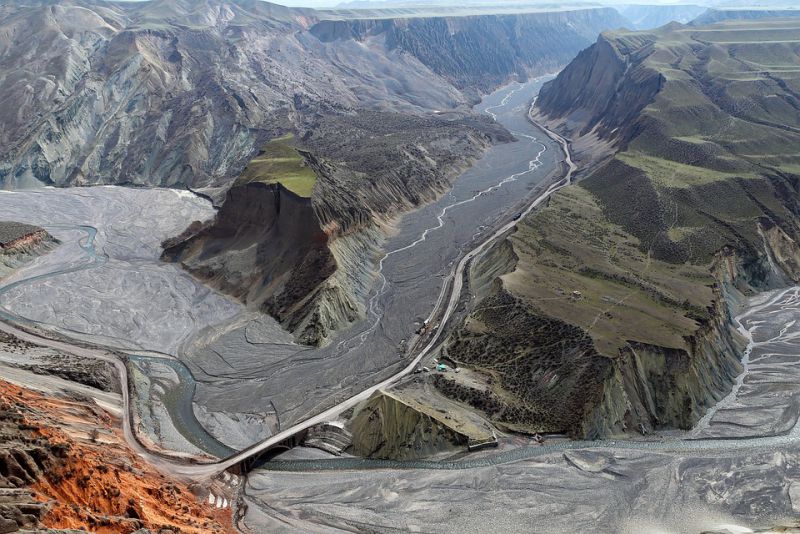
An estimated 5.9 million people from all over the globe flock to the Grand Canyon annually, making it the second most visited national park in the United States.
This impressive number of visitors is a testament to the Grand Canyon’s enduring appeal as a must-see destination. With its awe-inspiring views and unique geologic features, the Grand Canyon is a place that everyone should experience at least once in their lifetime.
It’s a place where visitors can reconnect with nature, learn about the Earth’s history, and simply take in the beauty of the natural world. Despite being the second most visited national park in the US, the Grand Canyon still holds its own when it comes to popularity.
But it’s worth noting that the Grand Canyon’s visitors are more spread out throughout the year, while the Great Smoky Mountains National Park has more concentrated visitation during the peak season. These interesting facts about grand canyon visitor numbers are a testament to the park’s enduring popularity and appeal.
4. Not the Biggest Canyon
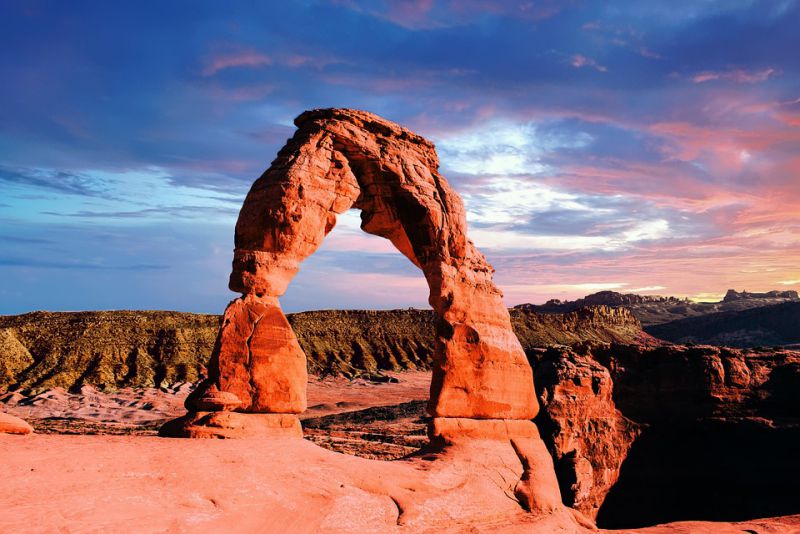
Did you know that the Grand Canyon, while vast and impressive, is not the deepest canyon in the world? The Grand Canyon is 1857 meters (6,093 feet) deep and 18 miles (29 km) across at its widest point.
However, the title of the largest canyon in the world belongs to the Yarlung Tsangpo Grand Canyon in Tibet, which is even longer than the Grand Canyon. Also, there are multiple interesting facts about Grand Canyon remains.
5. Exploring the Supai Village: Uncovering the Unique Culture and History of the Grand Canyon
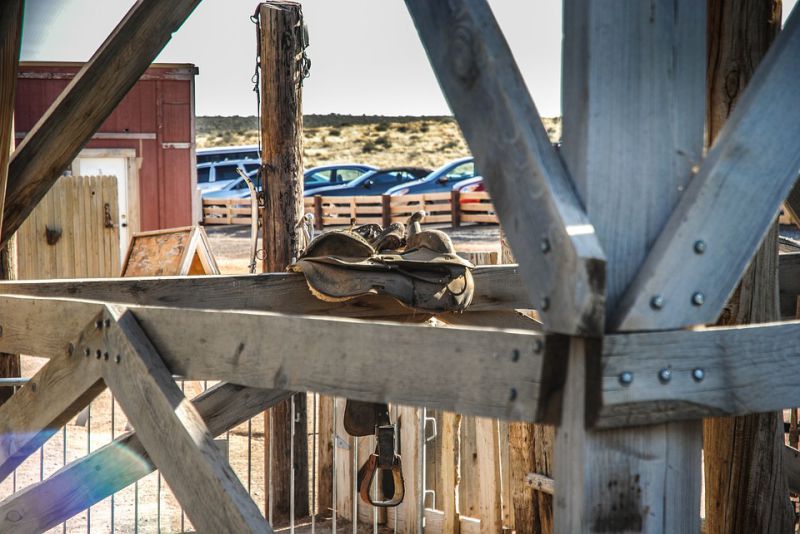
The Grand Canyon is not only known for its spectacular natural beauty but also for the unique culture and history of the people that call it home. The Supai Village, located within the Grand Canyon and home to the Havasupai Tribe, also known as The People of the Blue-Green Water, is a prime example of this.
With a population of just 208 people according to the U.S. Census, the Supai Village is the most remote town in the lower 48 states and can only be accessed by helicopter, foot, or pack animal.
One of the most interesting facts about the Grand Canyon is that the Supai Village is the only place in the entire USA that receives deliveries by mule.
Surrounded by stunning waterfalls and red canyon walls, the Supai Village offers visitors the opportunity to experience the natural beauty of the Grand Canyon while also immersing themselves in the rich culture of the Havasupai people. Visitors can stay at the Havasupai Lodge or, with a camping permit, experience the natural beauty of the Grand Canyon firsthand.
However, it is important to note that flash floods are common in the area and visitors should check the weather forecast before planning a trip. In 2010, a strong storm hit the town and resulted in the evacuation of 143 tourists. Currently, the Havasupai village has suspended tourism and the village is closed for a visit.
Overall, the Supai Village is a unique and fascinating destination within the Grand Canyon that offers a glimpse into the rich culture and history of the Havasupai people, as well as the opportunity to experience the natural beauty of the Grand Canyon in a way that is not possible elsewhere. It is one of the most interesting facts about grand canyon.
6. Cultural Significance of the Grand Canyon
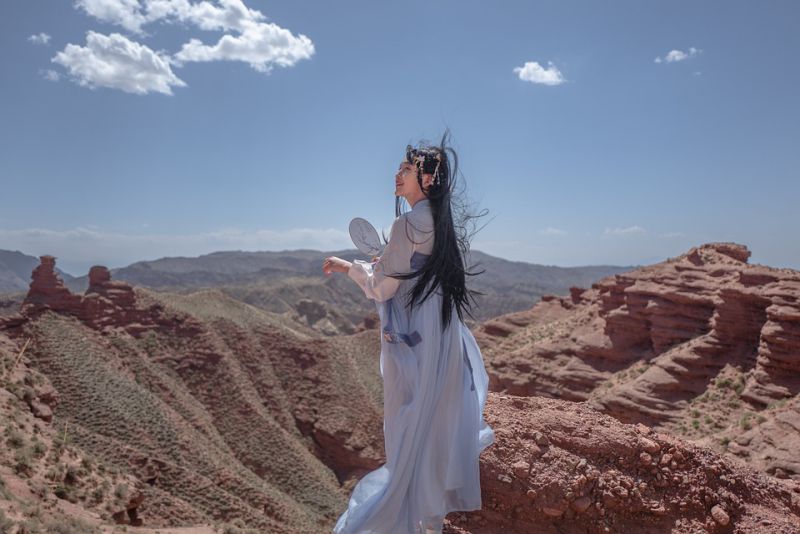
The Grand Canyon has long been a sacred place for many indigenous tribes, including the Hopi, Navajo, and Havasupai. These tribes have strong spiritual connections to the canyon, and many of their traditional stories and beliefs are rooted in the canyon’s history and geology.
The Grand Canyon is also home to several ancient cliff dwellings and petroglyphs that offer a glimpse into the lives of the people who lived there in the past.
7. Uncovering the Past: Exploring the Fascinating Fossils and Ancient Artifacts of the Grand Canyon
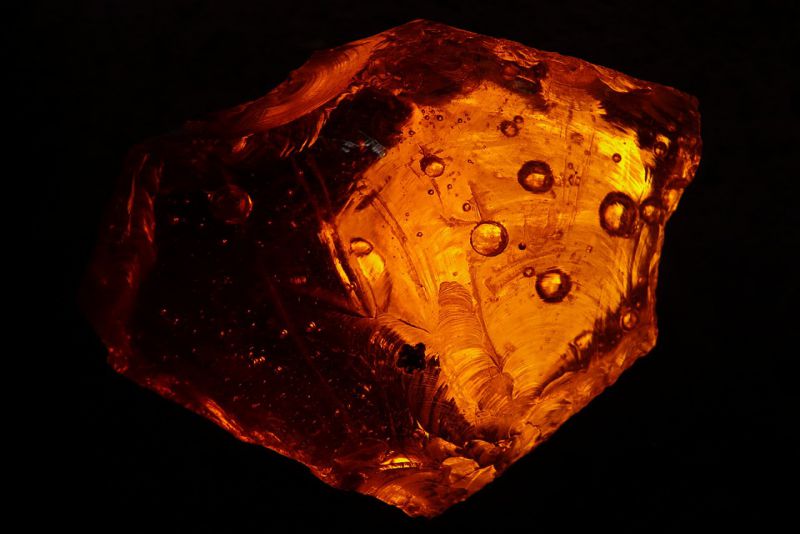
The Grand Canyon is not only known for its breathtaking beauty, but also for the rich history that can be uncovered within its layers of rock. One of the most interesting facts about the Grand Canyon is the variety of fossils that have been discovered within its walls.
While the dinosaurs may not have had the opportunity to witness the grandeur of the canyon, the fossils found suggest that a diverse array of creatures have called the Grand Canyon home throughout history.
One of the most fascinating discoveries made in the Grand Canyon is the ancient marine fossils dating back 1.2 billion years. These fossils provide insight into a time when the area was covered by ocean, revealing a previously unknown chapter in the canyon’s history.
Similarly, the remains of land mammals found in canyon caves, dating back about 10,000 years, offer a glimpse into the more recent past of the Grand Canyon.
From ancient cliff dwellings and petroglyphs to the unique rock formation known as the “Vishnu Schist,” the Grand Canyon offers a wealth of historical and geological treasures waiting to be discovered.
Overall, the Grand Canyon is not only a natural wonder but also a historical treasure trove. The fossils and artifacts found within its walls provide a window into the past, revealing the diverse array of creatures that have called the Grand Canyon home throughout history, making it one of the most interesting facts about grand canyon.
8. Adapting to Adversity: The Unique Fish Species of the Grand Canyon

The Grand Canyon is not only known for its stunning beauty, but also for its unique ecosystem.
One of the most interesting facts about the Grand Canyon is the diversity of fish species that call the Colorado River, which runs through the canyon, home. However, through the process of adaptation and evolution, certain fish species have been able to thrive in this challenging environment. These fish species are known for their resilience and hardiness, making them truly unique to the Grand Canyon.
The Grand Canyon’s fish species play a vital role in the ecosystem of the Canyon. They are not only important as a food source for larger animals, but also as an indicator of the health of the river. Their presence or absence can be used to measure the impacts of human activities and the effectiveness of conservation efforts.
Overall, the fish species of the Grand Canyon are a fascinating aspect of the canyon’s ecosystem. Despite the challenging habitat of the Colorado River, these species have not only survived but thrived, making them one of the most interesting facts about grand canyon.
9. Spiritual Significance of the Grand Canyon
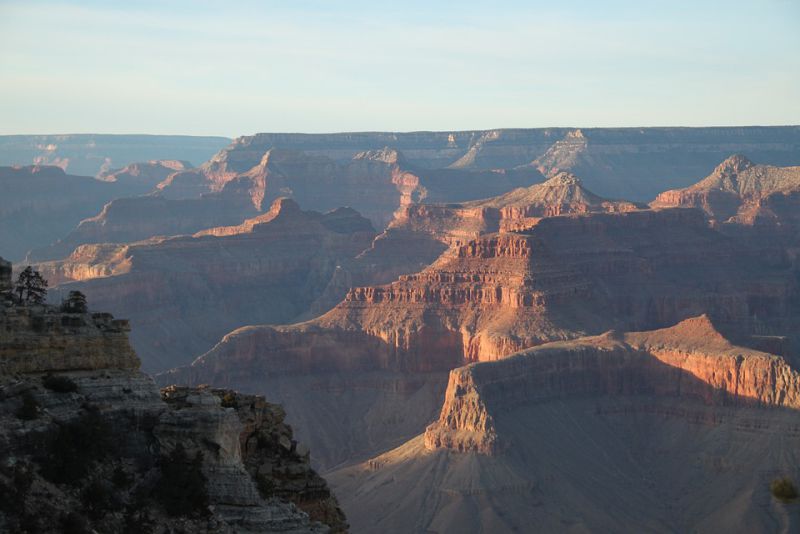
Discover the spiritual significance of the Grand Canyon with interesting facts about its connection to the Hopi Tribe. Learn how the tribe believed that the “place of emergence” or sipapuni, a dome of mineral deposits found on the banks of the little Colorado river inside the canyon, played a crucial role in the Hopi’s journey into the afterlife.
Explore the rich cultural history of the Grand Canyon with these interesting facts about its connection to the Hopi Tribe. Discover how the tribe viewed the canyon as a sacred site, with the sipapuni, a dome of mineral deposits found on the banks of the little Colorado river inside the canyon, serving as a portal to the afterlife.
10. Astonishing Old Rocks
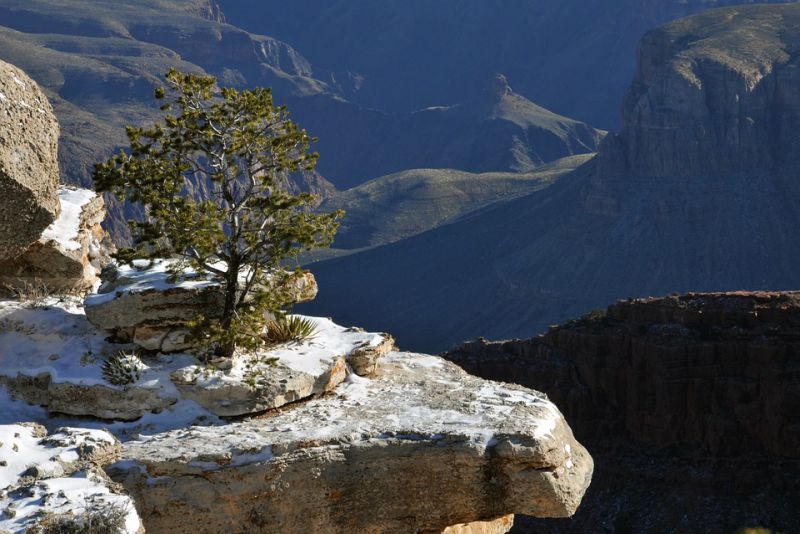
Explore the depths of the Grand Canyon and discover one of the world’s most fascinating geological wonders – the Great Unconformity. Witness the awe-inspiring sight of 250 million-year-old rock layers seamlessly blending with 1.2 billion-year-old rocks, creating a unique and breathtaking landscape.
Uncover the secrets of the hundreds of millions of years that have shaped this natural masterpiece, and uncover interesting facts about Grand Canyon’s geology as you marvel at the sheer magnitude of this natural wonder.
